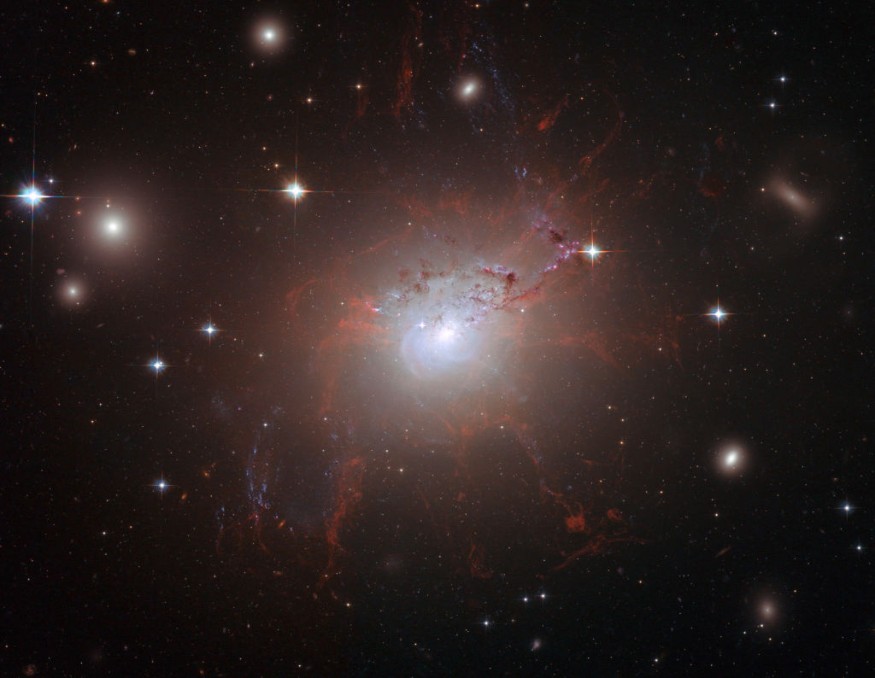Starquakes, or "non-radial oscillations," have been detected by the Gaia mission of the European Space Agency (ESA).
The unprecedented discovery occurred during the Gaia probe's data release consisting of almost 2 billion stars in the Milky Way galaxy.
The compiled data forms a DNA map of stars and other celestial objects like asteroids, planets, and even galaxies.
ESA scientists noted that the so-called "star tremors" can cause powerful movements in its mass, similar to earthquakes on Earth.
Geologists are already well-informed that earthquakes are caused by the friction and movement of tectonic plates underneath our planet.
It is not entirely accurate if the same principle applies to stars.
However, the findings could lead to further understanding when it comes to nature of the celestial body.
Asteroseismology

Scientists from Cambridge University in England, UK, led the discovery of the starquakes using the mission's observatory.
The DNA map allows astronomers to create the structure of our galaxy and find its place in the universe after forming billions of years ago.
The starquakes have been described as "tsunami-like events" found on the stars' surface.
The discovery allows experts to determine the inner workings or astronomical mechanisms of stars never seen before, according to Conny Aerts, a Gaia collaboration member from the University of Leuven in Belgium, as cited by The Guardian.
Aerts added that Gaia is opening a treasure trove of data concerning "asteroseismology" of large stars.
Also Read: Mysterious Radio Burst Seen in Real Time
Gaia Mission
Launched in 2013, the ESA states Gaia aims to chart a "three-dimensional map" of the Milky Way. This can be achieved by revealing the material composition, formation method, and manner of evolution of our galaxy.
With the recent discovery of the stellar population, the space agency said that the amount of these stars is only 1% across the galaxy.
The star-mapping mission is powered by a camera with almost 1 billion pixels and 100 electronic detectors.
The camera technology is the first of its kind in the world.
Starquakes
Prior to the Gaia breakthrough discovery, notions of the starquakes were known already.
The space event also allows astronomers and astrophysicist to look inside stars since starquakes can create cracks or openings into the surface.
In an audio interview on Aerts posted on the Annual Reviews in March 2020, the Belgian astronomer emphasized starquakes are like earthquakes but was quick to point out that it is somehow different.
This is due to the fact that Earth is made up of concrete rock while starts are gaseous spheres.
During the interview, Aerts hoped that we could one day estimate the size, age, and weight of stars. The expert also mentioned back then that starquakes are the only way to date a star.
Stars, along with other cosmic objects, were formed following the formation of the universe around 13.8 billion years ago under the Big Bang theory.
Astronomical and space technology advancements have allowed humans to detect the our Sun is the nearest star to Earth.
Meanwhile, Proxima Centauri is closest star outside our solar system, with a distance of 4.2 light years away.
Related Article: Evidence of 'Starquakes' on Neutron Star
© 2025 NatureWorldNews.com All rights reserved. Do not reproduce without permission.





